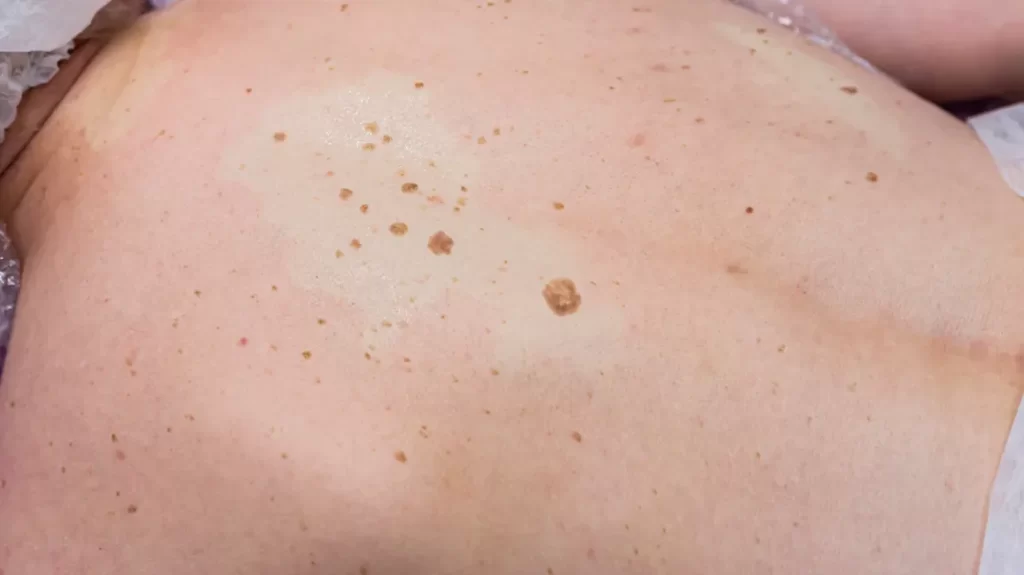Things You Should Know About Seborrheic Keratosis

Seborrheic Keratosis is a frequent form of skin development that does not progress to cancer. As people get older, they are more likely to get certain conditions.
In most cases, seborrheic keratoses appear brown, black, or a light tan color. The growths (lesions) appear to be waxy or scaly, and they are somewhat elevated. They develop slowly and can typically be found on the face, neck, chest, or back. Chevy Chase seborrheic keratosis can help you!
Symptoms to look out for:
Seborrheic keratosis is a slow-growing skin condition. Possible signs and symptoms include the following:
- A waxy or rough bump that most commonly appears in the shape of a round or oval and can be found on the face, chest, shoulder, or back.
- A growth that is either level or has a slightly elevated bump with a scaly surface and a distinct “pasted on” aspect to it.
- Sizes range from extremely minute to those that are larger than one inch (or more than 2.5 cm) across.
- Depending on the situation, a number can range from a single growth to numerous growths.
- It is normal for people with Black or dark complexion to have tiny growths that cluster around the eyes or on the face. These growths are frequently referred to as flesh moles.
- Colored in a spectrum ranging from a light tan to a dark brown or black.
- Itchiness
When should one go to the doctor?
Consult a physician if the appearance of the growth causes you discomfort or if it becomes itchy or bleeds when your clothing rubs against it. Make an appointment with your primary care physician if you observe any concerning changes in your skin. These symptoms could point to the presence of skin cancer. It is vital to speak to a doctor immediately.
What are the causes?
Seborrheic keratosis is a skin condition that medical professionals poorly understand. This particular form of skin growth does have a propensity to run in families, suggesting that the inclination is likely inherited. You are more likely to acquire further seborrheic keratoses once you have had one in the past.
There is no risk of malignancy associated with seborrheic keratosis, nor is it communicable.
Determinants of risk
After the age of 50 is when you are most likely to be diagnosed with seborrheic keratoses. If someone in your family has had the ailment before, you have an increased risk of developing the symptoms yourself.

